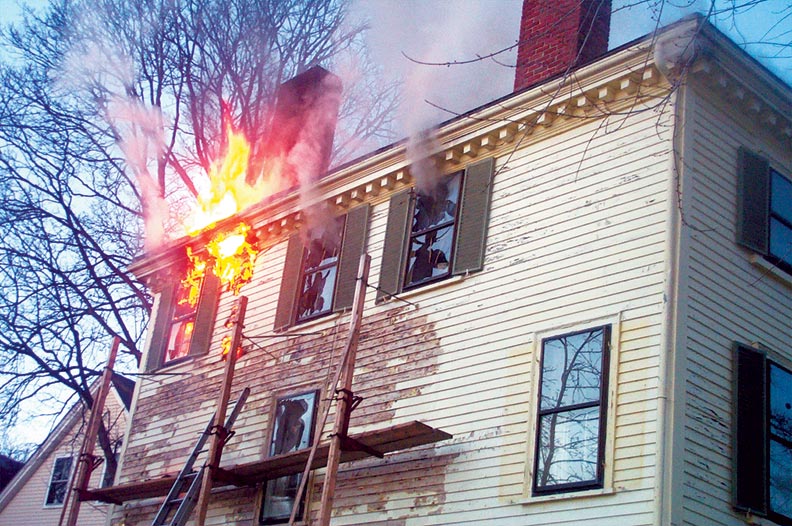Introduction
When it comes to the safety of your loved ones and your valuable property, fire protection should be a top priority. Accidents can happen, but with the right knowledge and preventive measures, you can significantly reduce the risk of fire incidents in your home. In this comprehensive guide, we’ll delve into the world of fire protection for your home, covering everything from fire prevention to emergency preparedness. Let’s ensure your home remains a safe haven for you and your family.
Fire Protect Home: Understanding the Basics
Fire protection begins with a solid understanding of the fundamentals. Let’s start with the basics:
The Science of Fire
To effectively protect your home from fire, it’s crucial to understand how fires start and spread. Fires require three main components: heat, fuel, and oxygen. By controlling these factors, you can minimize the risk of a fire breaking out.
Common Causes of Home Fires
Knowledge is power. Familiarize yourself with the common causes of home fires to avoid potential hazards. These include faulty wiring, cooking accidents, and heating equipment malfunctions.
Fire Protect Home: Prevention Strategies
Prevention is the key to a safer home. Here are some proactive measures you can take:
1. Fire-Resistant Building Materials
Invest in fire-resistant materials for your home’s construction. These materials can significantly slow down the spread of fire.
2. Smoke Alarms
Install smoke alarms in strategic locations throughout your home. Test them regularly to ensure they are functioning correctly.
3. Safe Cooking Practices
Practice safe cooking habits, such as never leaving the stove unattended and keeping flammable objects away from open flames.
4. Electrical Safety
Regularly inspect your electrical systems for signs of wear and tear. Replace damaged wiring or outlets promptly.
5. Fire Extinguishers
Keep fire extinguishers in accessible areas of your home and learn how to use them effectively.
Fire Protect Home: Emergency Preparedness
While prevention is essential, it’s equally crucial to be prepared for emergencies. Here’s what you need to know:
1. Escape Plans
Develop a detailed escape plan for your family. Ensure everyone knows the escape routes and where to meet outside.
2. Emergency Contacts
Maintain a list of emergency contacts, including the local fire department and medical services.
3. First Aid Kits
Keep first aid kits stocked and easily accessible in your home.
4. Home Fire Drills
Regularly conduct fire drills with your family to practice safe evacuation.
FAQs (Frequently Asked Questions)
Q: How often should I test my smoke alarms?
A: Smoke alarms should be tested monthly to ensure they are in working order.
Q: What type of fire extinguisher should I buy?
A: It’s best to have a multipurpose fire extinguisher labeled ABC, as it can tackle various types of fires.
Q: Can I use a space heater safely in my home?
A: Yes, but always follow safety guidelines, such as keeping it away from flammable materials and turning it off when you leave the room.
Q: How do I teach my children about fire safety?
A: Start with simple, age-appropriate discussions and gradually introduce fire safety concepts. Practice fire drills as a family.
Q: What should I do if there’s a fire in my home?
A: Stay low to avoid smoke inhalation, use your pre-planned escape routes, and call 911 immediately.
Q: Are there any grants or programs for improving home fire protection?
A: Some communities offer grants or assistance programs for homeowners looking to enhance their fire protection measures. Check with your local authorities for information.
Conclusion
Fire protection is not something to be taken lightly. By following the tips and guidelines provided in this comprehensive guide, you can significantly reduce the risk of a home fire and ensure the safety of your family and property. Remember, knowledge and preparation are your best allies in the battle against fire hazards.

